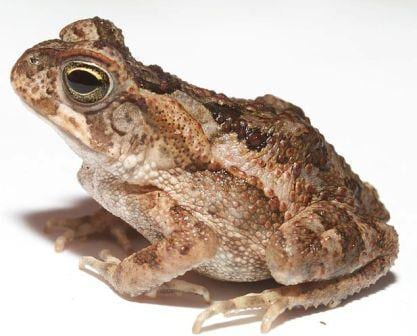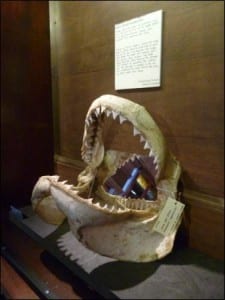How To: Be a Bad Zoologist
By Emma-Louise Nicholls, on 3 October 2013
Do you having any burning desires to have something explained by someone on the inside? This blog series is a How To Guide for the museological musings of a Museum Assistant. This edition will explain in detail…
How To: Be a Bad Zoologist
 Put on your Dr Alan Grant hat and find your best palaeontological hammer and chisel. Go to some remote location rarely visited and poorly studied. Find a perfectly preserved fossil specimen that is a missing link, hugely important to mankind and that will in one rocky lump, answer a million questions that have been burning amongst the scientific community for decades. Dust it off, polish it up, put it on your mantlepiece, and don’t mention it to a soul. Or you could flog it to another private collector, just so long as it never sees the light of day, or the inquisitive eye of an expert. (more…)
Put on your Dr Alan Grant hat and find your best palaeontological hammer and chisel. Go to some remote location rarely visited and poorly studied. Find a perfectly preserved fossil specimen that is a missing link, hugely important to mankind and that will in one rocky lump, answer a million questions that have been burning amongst the scientific community for decades. Dust it off, polish it up, put it on your mantlepiece, and don’t mention it to a soul. Or you could flog it to another private collector, just so long as it never sees the light of day, or the inquisitive eye of an expert. (more…)
 Close
Close









